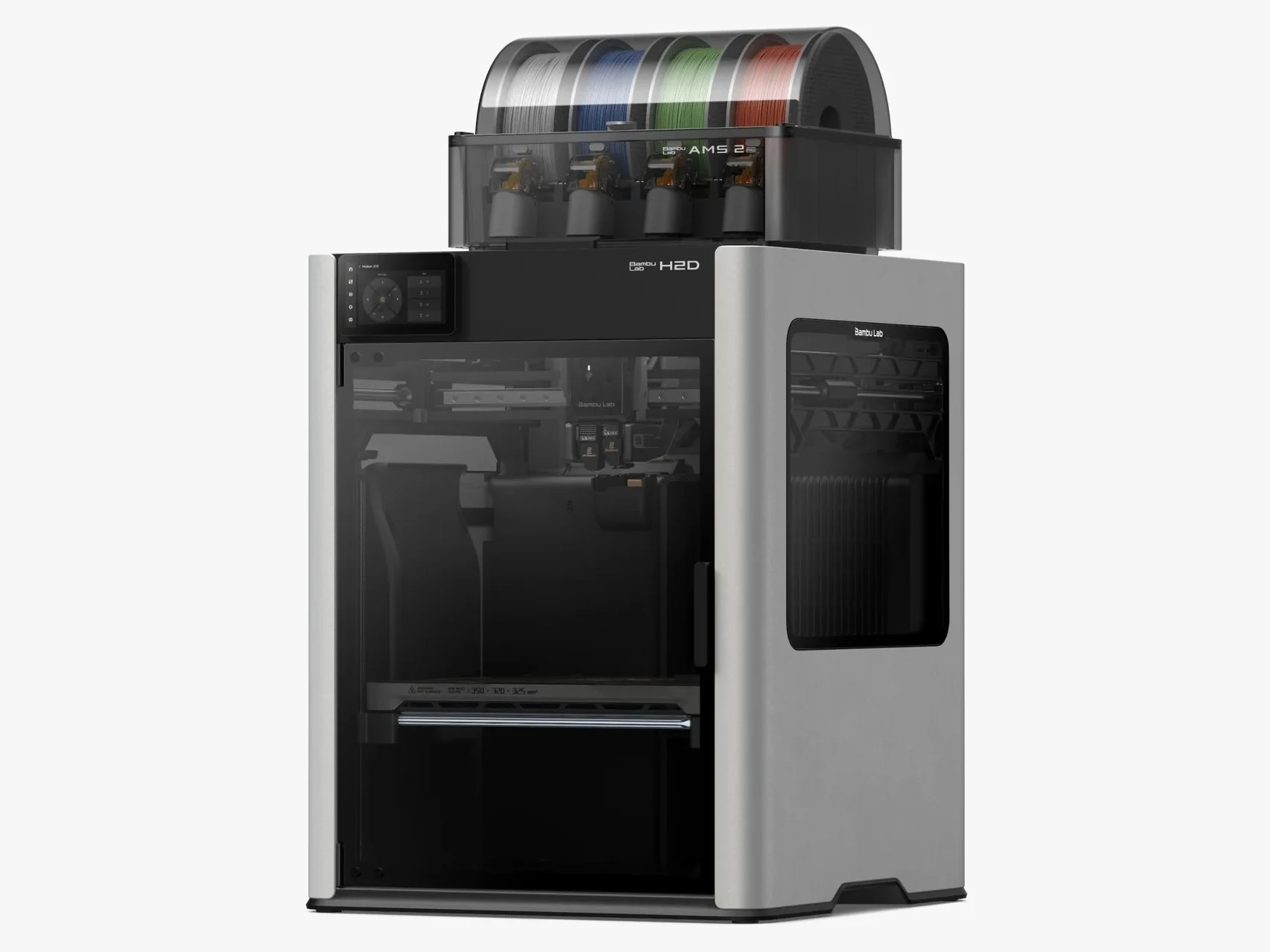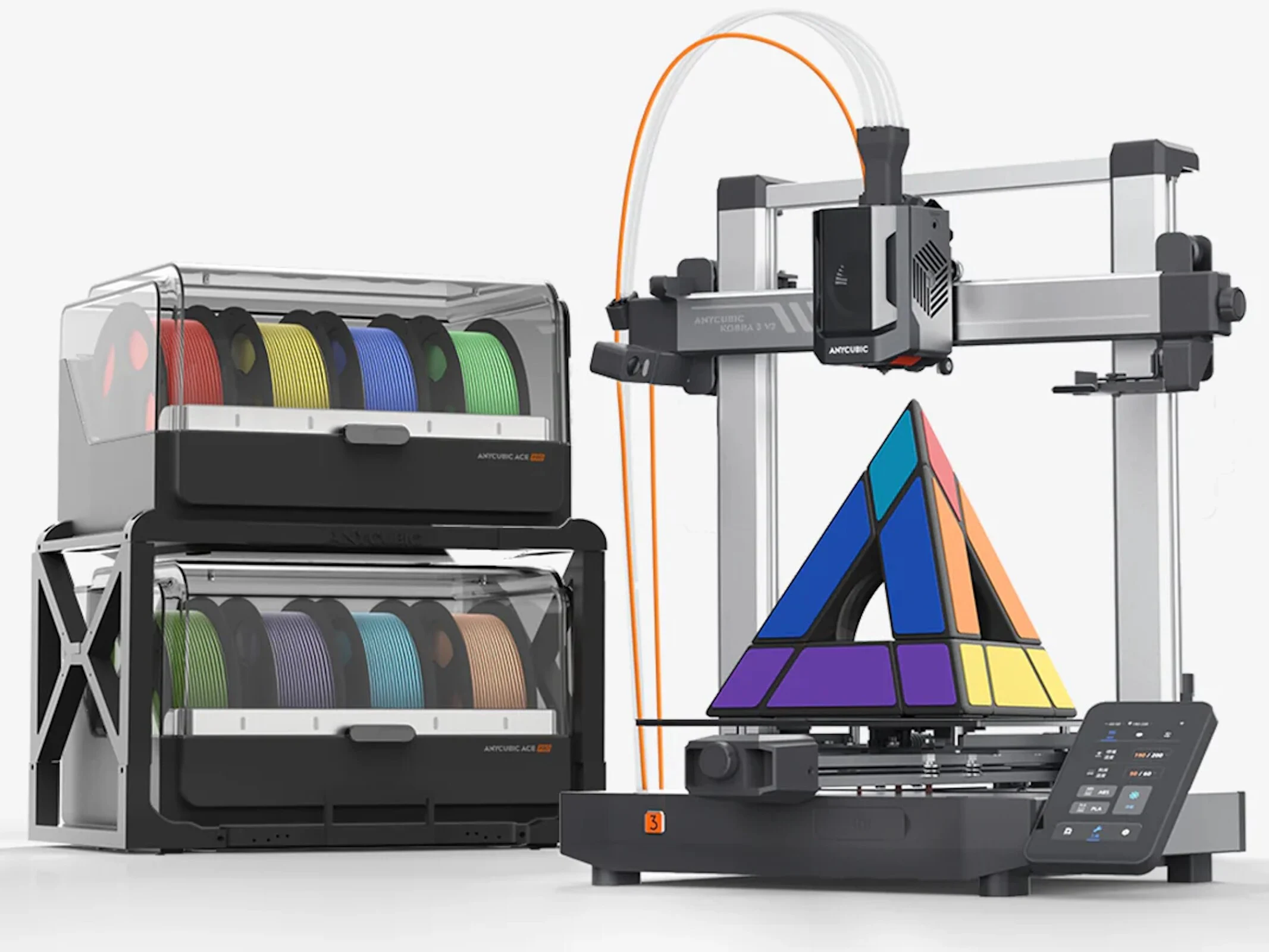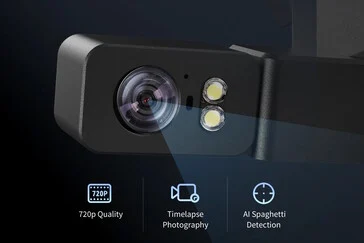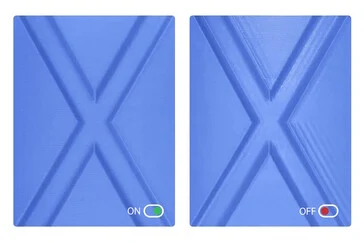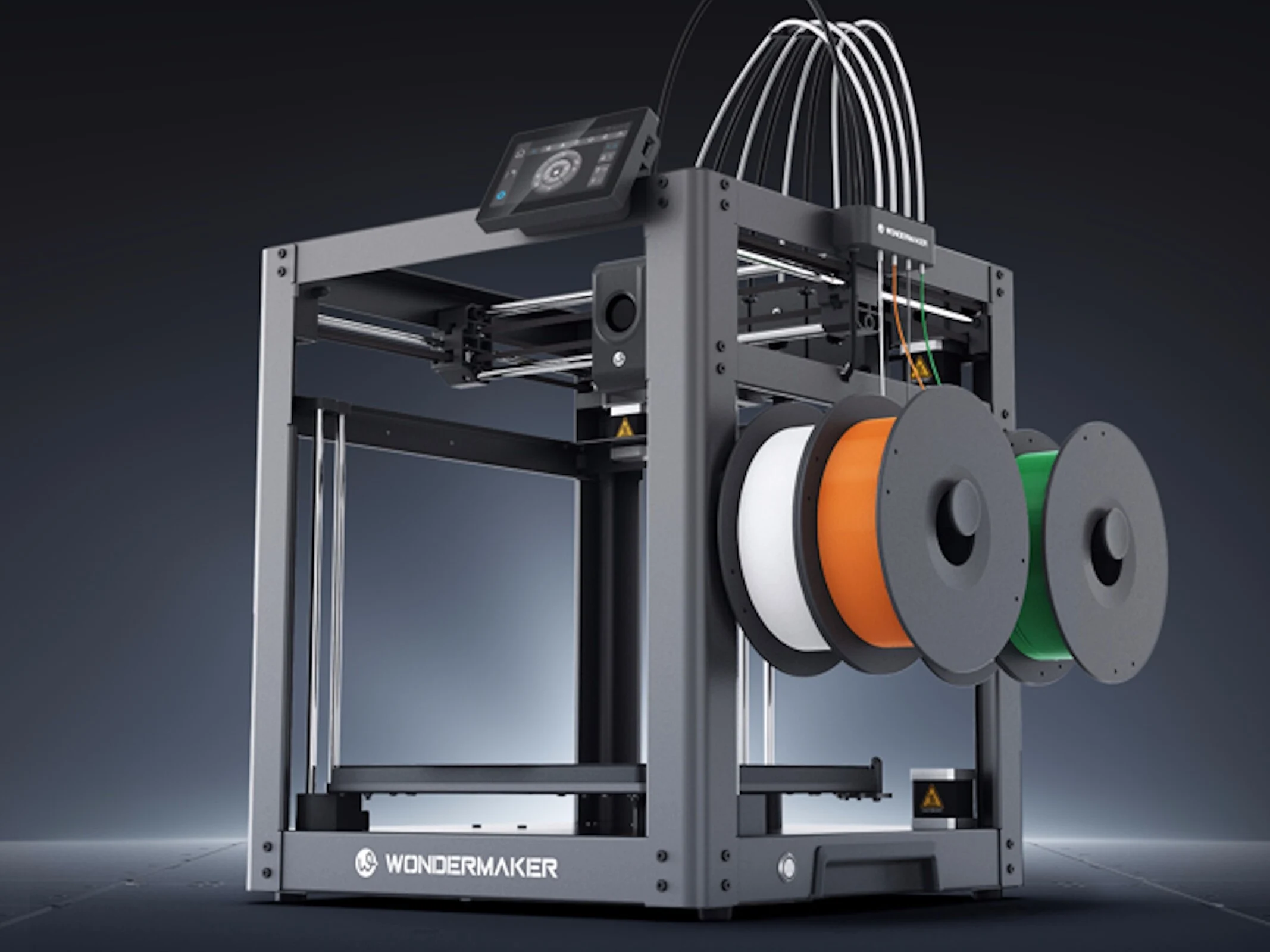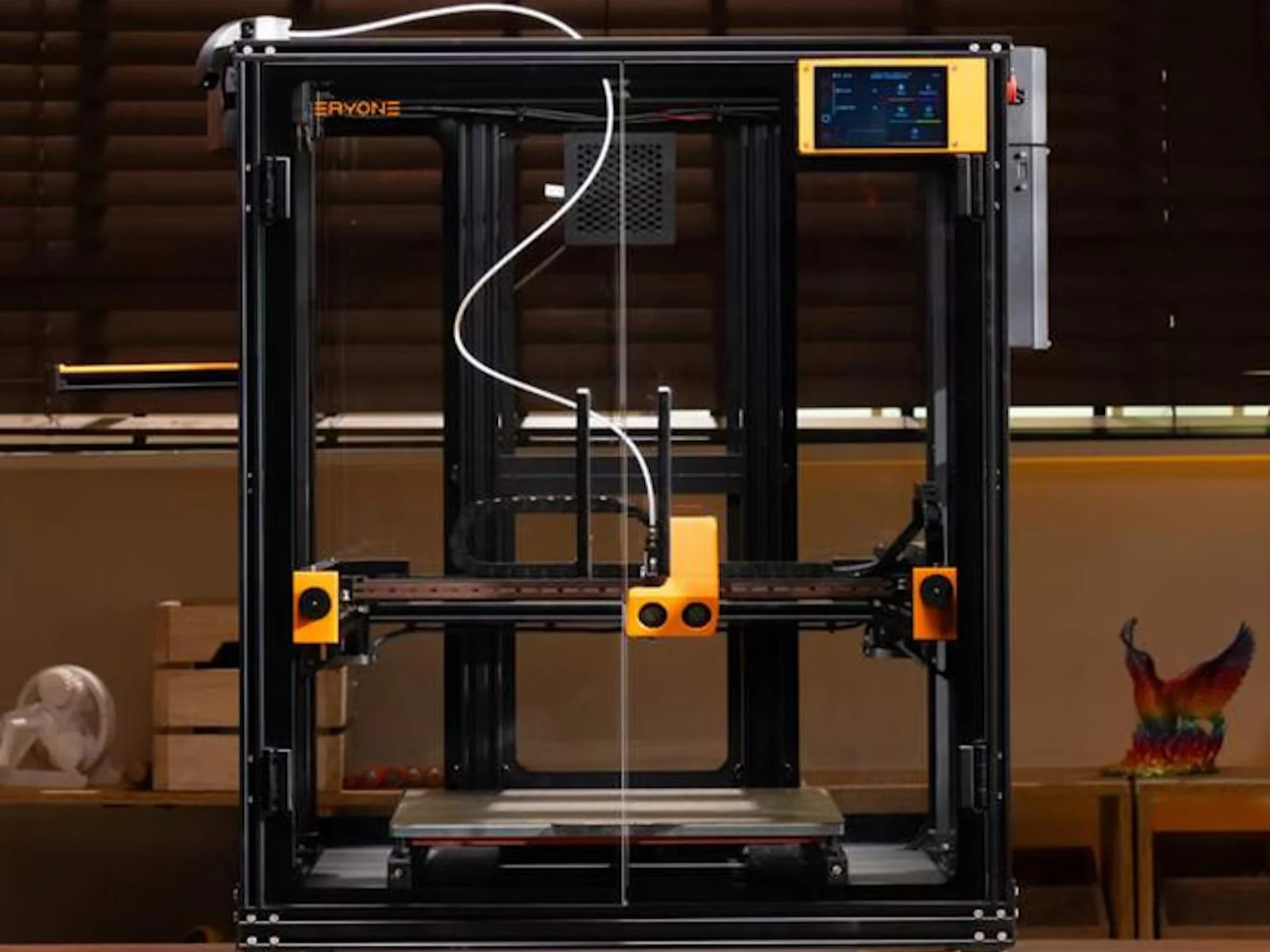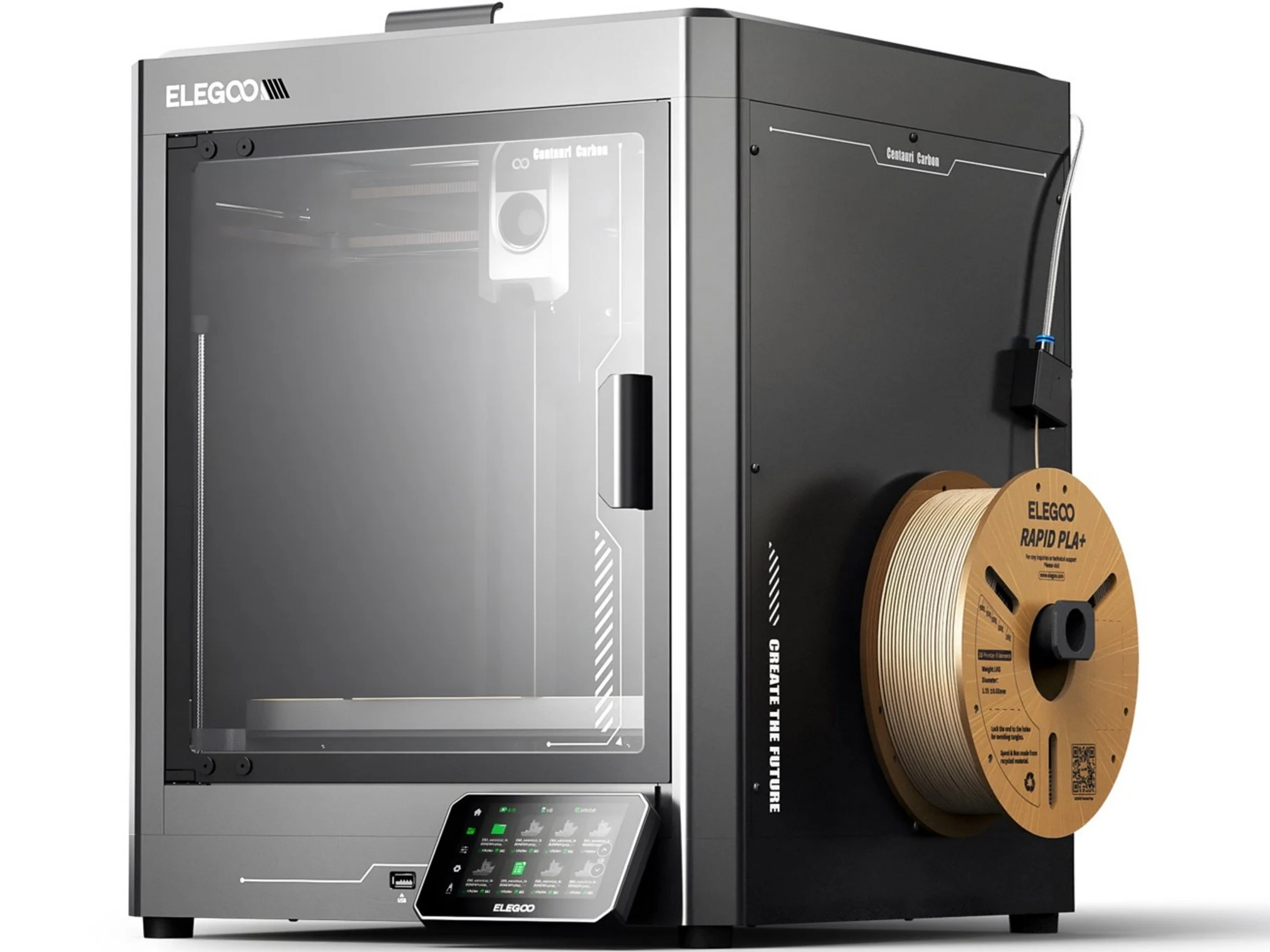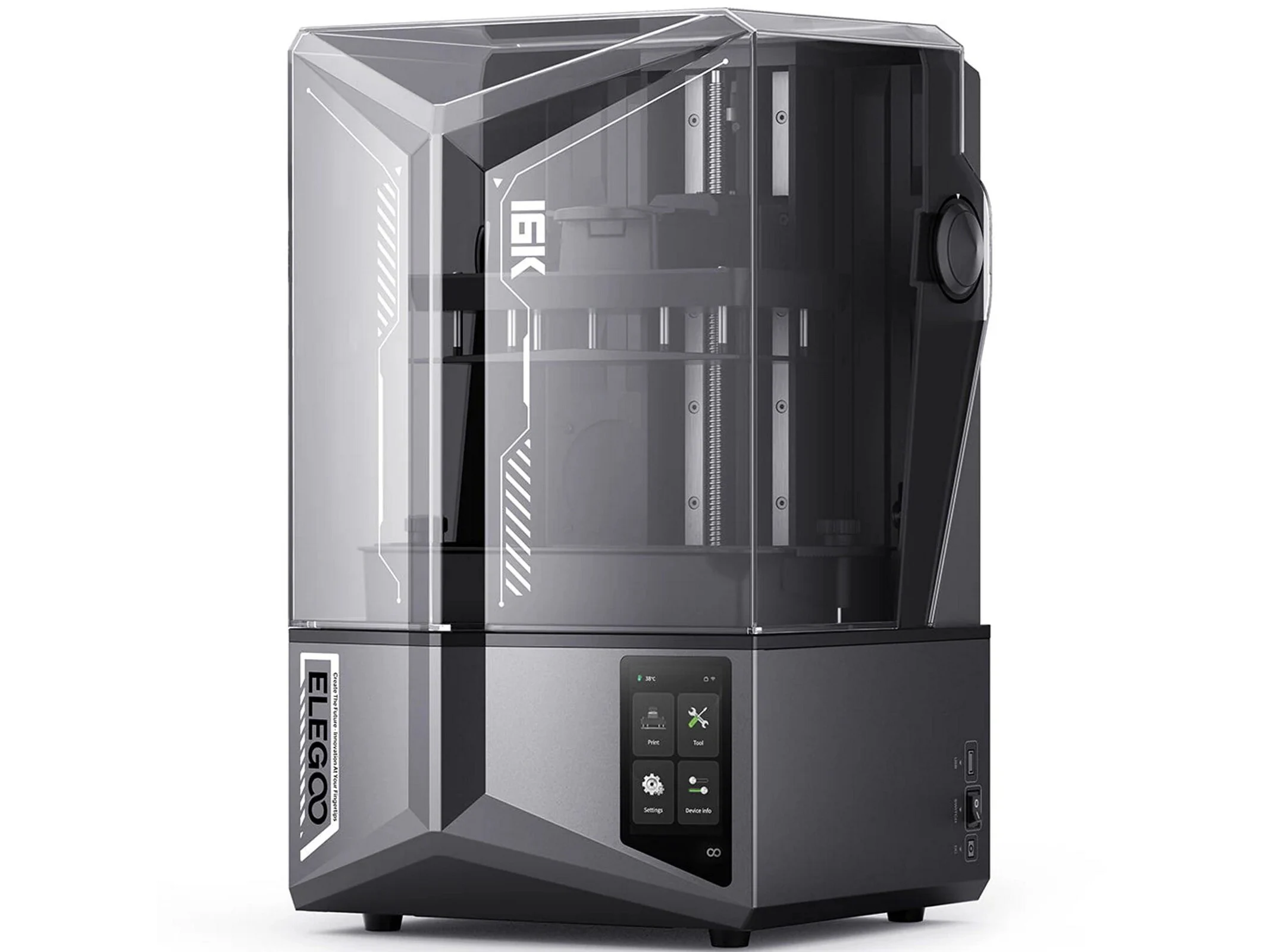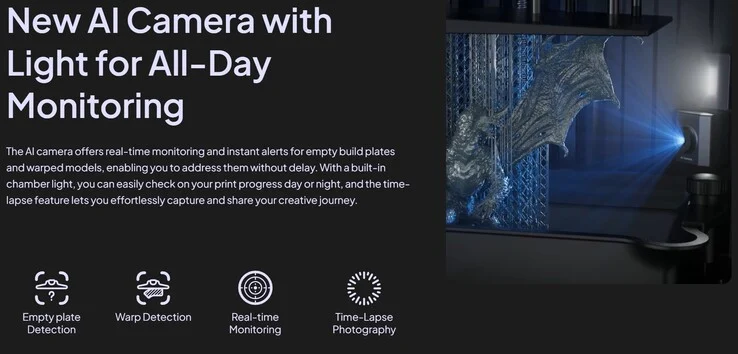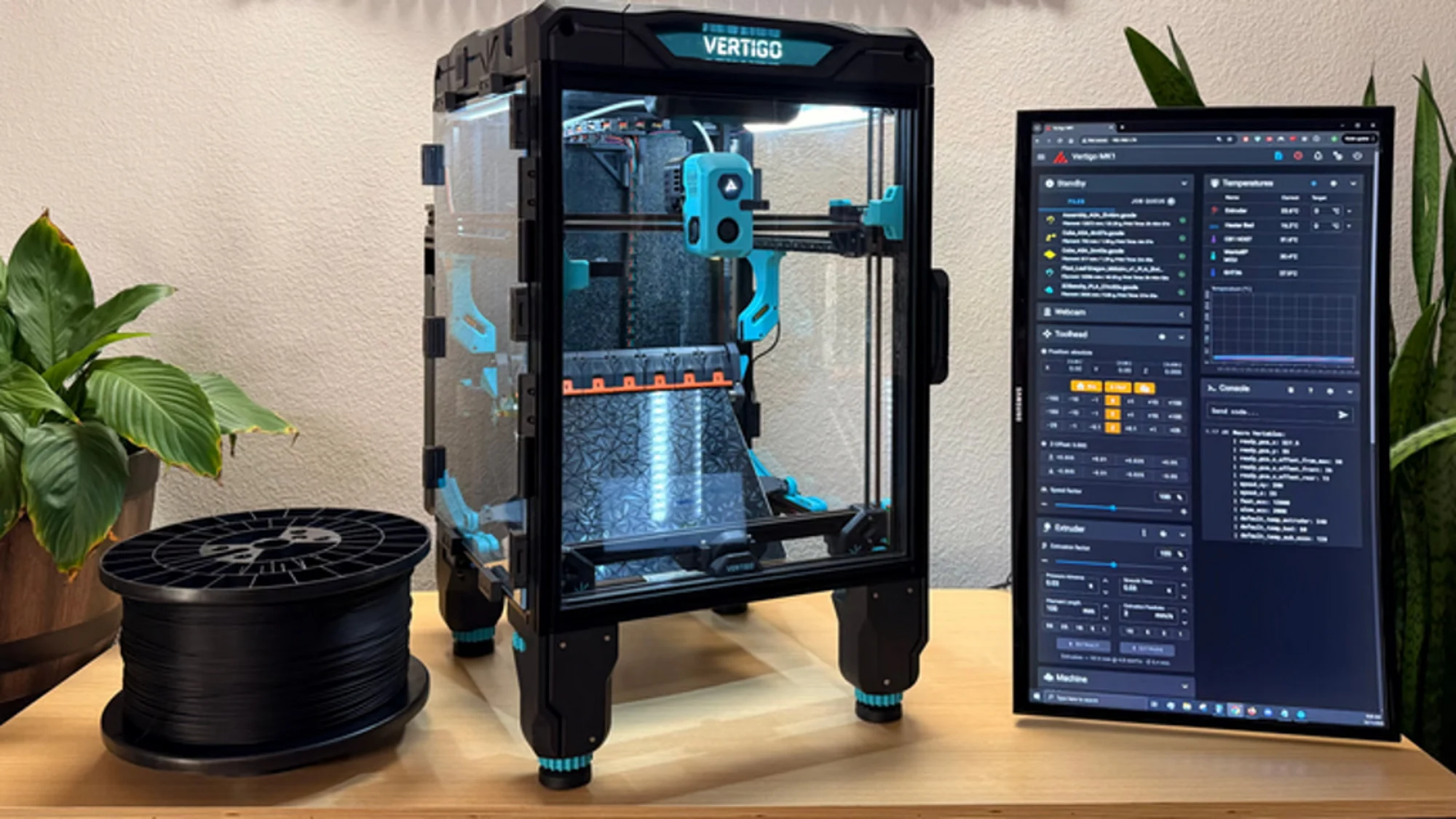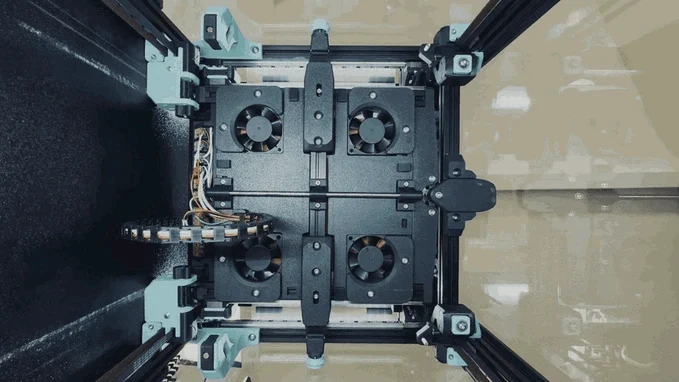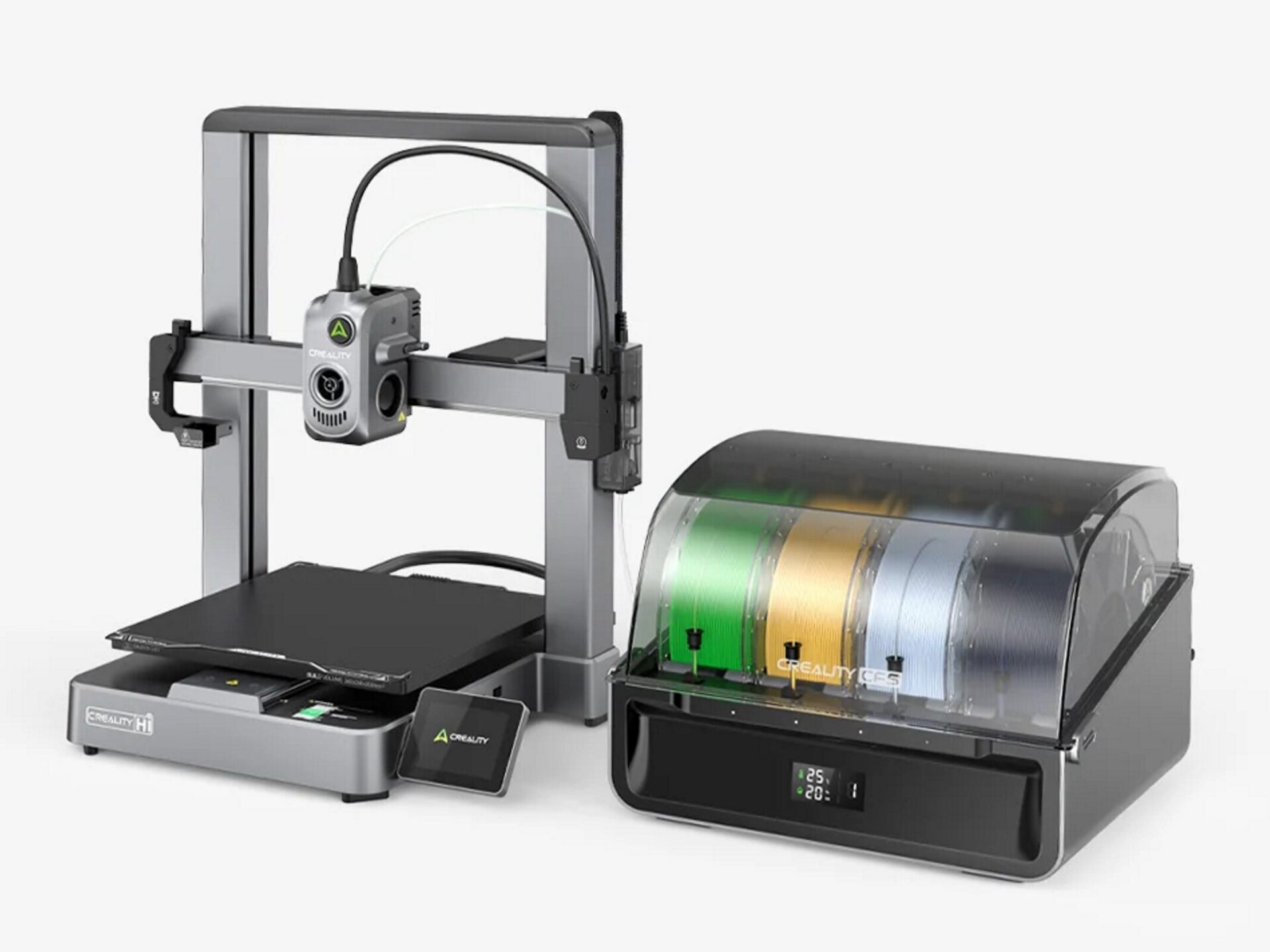Key Takeaways
1. 3D printing technology has become accessible to everyday users over the last decade, with affordable options available online.
2. The Bambu Lab H2D features dual extruders, allowing the use of multiple filaments simultaneously without cleaning in between.
3. The premium version of the H2D includes advanced laser capabilities and operates within a closed system for improved print quality.
4. The printer can produce objects with varying dimensions depending on the features used and can engrave and cut materials.
5. Users can monitor the printing process to prevent misprints and enhance the overall setup.
Over the past ten years, methods for processing that were once only for experts have become available to everyday users. A variety of 3D printers are now available on Amazon, with some being quite affordable while others offer advanced features like lasers. This is true for the new Bambu Lab H2D, which allows users to create and modify prints in multiple ways. Its price on the manufacturer’s official website is between $1,999 and $2,899.
Different Models for Different Needs
These models come with various modules and components tailored for specific needs. The standard H2D is a versatile 3D printer that can work with different materials and filaments at the same time. It features dual extruders, enabling it to operate with two different filaments without the need for cleaning or purging, which can save money.
Advanced Features in the Premium Version
The high-end H2D version is packed with noteworthy laser capabilities. This model operates within a closed system, and its print chamber can reach temperatures of up to 65 °C, enhancing print quality and facilitating the use of specific filaments. Depending on the features being utilized, the build volume can vary. When using both print nozzles, the dimensions are 300 x 320 x 325 millimeters. Furthermore, the Bambu Lab H2D can engrave and cut materials with its built-in laser, which offers options of either 10 or 40 watts. The manufacturer states that users have the ability to monitor the 3D printing process, helping to avoid misprints and enhance their setup. Lastly, this printer can produce both flat and curved objects. When the laser is engaged for cutting or engraving, the device generates airflow to cool the item being processed.
Source:
Link

